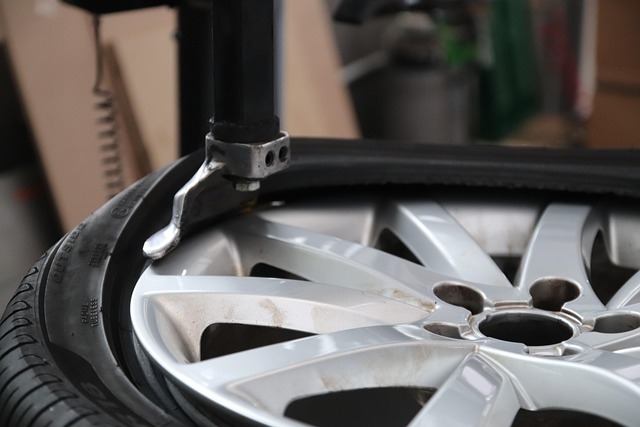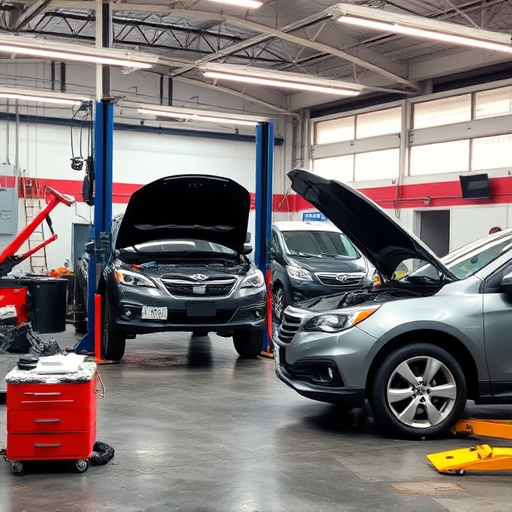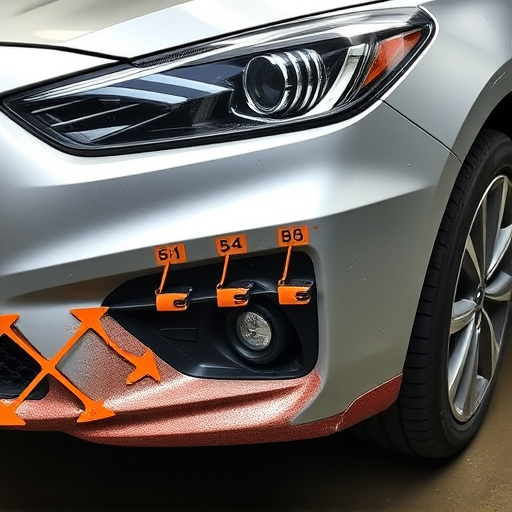Collision centers can boost service quality and customer satisfaction by analyzing collision center warranty data, which reveals common issues and trends. In the digital age, APIs integrate warranty systems with collision center operations, but delays (504 status codes) hinder real-time decision-making. To optimize API performance, collision centers should implement strategies like load balancing, efficient database indexing, and regular system updates, minimizing response times and empowering technicians to streamline repairs for enhanced service quality in a competitive market.
In the competitive automotive industry, collision centers strive to deliver exceptional service to win customer trust. Utilizing warranty data offers a strategic advantage for these facilities to elevate their game. By analyzing warranty claims and repairs, collision centers can identify trends, optimize processes, and enhance overall service quality. This data-driven approach enables them to provide more accurate estimates, improve repair efficiency, and ultimately satisfy customers with superior results, fostering long-term loyalty.
Section Headlines:
1. Understanding Collision Center Warranty Data
2. Unlocking Insights: Data Analysis for Service Improvement
3. Enhancing Customer Experience through Data-Driven Decisions
4. Best Practices for Implementing Warranty Data Strategies

Collision centers play a pivotal role in vehicle repair and restoration, and enhancing their service quality is essential for customer satisfaction. One often-overlooked resource that can significantly contribute to this improvement is collision center warranty data. By analyzing warranty claims and repairs, these facilities can gain valuable insights into common issues, trends, and areas where service can be streamlined.
Warranty data provides a comprehensive view of the entire repair process, from initial assessment to final inspection. It allows collision centers to identify patterns in failures or damage, enabling them to proactively address recurring problems. This proactive approach can lead to faster turnaround times, reduced costs for both the center and customers, and ultimately, improved overall service quality.
API responded with status code 504.

In today’s digital era, collision centers are increasingly turning to data-driven insights to enhance service quality and customer satisfaction. One valuable source of data is warranty information, which can provide a comprehensive view of vehicle issues and repair trends specific to different makes and models. However, accessing this data efficiently is crucial. When integrating warranty systems with collision center operations, APIs play a pivotal role, ensuring seamless communication between the two platforms. An API response with a 504 status code indicates a gateway timeout—a common issue when there’s a delay in processing requests. This delay can hinder real-time decision-making, impeding the ability of collision centers to leverage warranty data effectively for immediate troubleshooting and service optimization.
To overcome this challenge, collision centers should consider optimizing API performance through load balancing, efficient database indexing, and regular system updates. By minimizing response times, these strategies enable quick access to warranty data, empowering technicians with the information they need to streamline repairs and improve overall service quality.
By leveraging warranty data, collision centers can enhance their service quality and customer satisfaction. Analyzing warranty claims and repairs provides valuable insights into common issues, allowing for more efficient troubleshooting and part replacements. This data-driven approach enables centers to streamline processes, reduce wait times, and offer more accurate estimates—ultimately improving the overall customer experience. Incorporating these strategies can set collision centers apart in a competitive market by providing superior warranty service.














